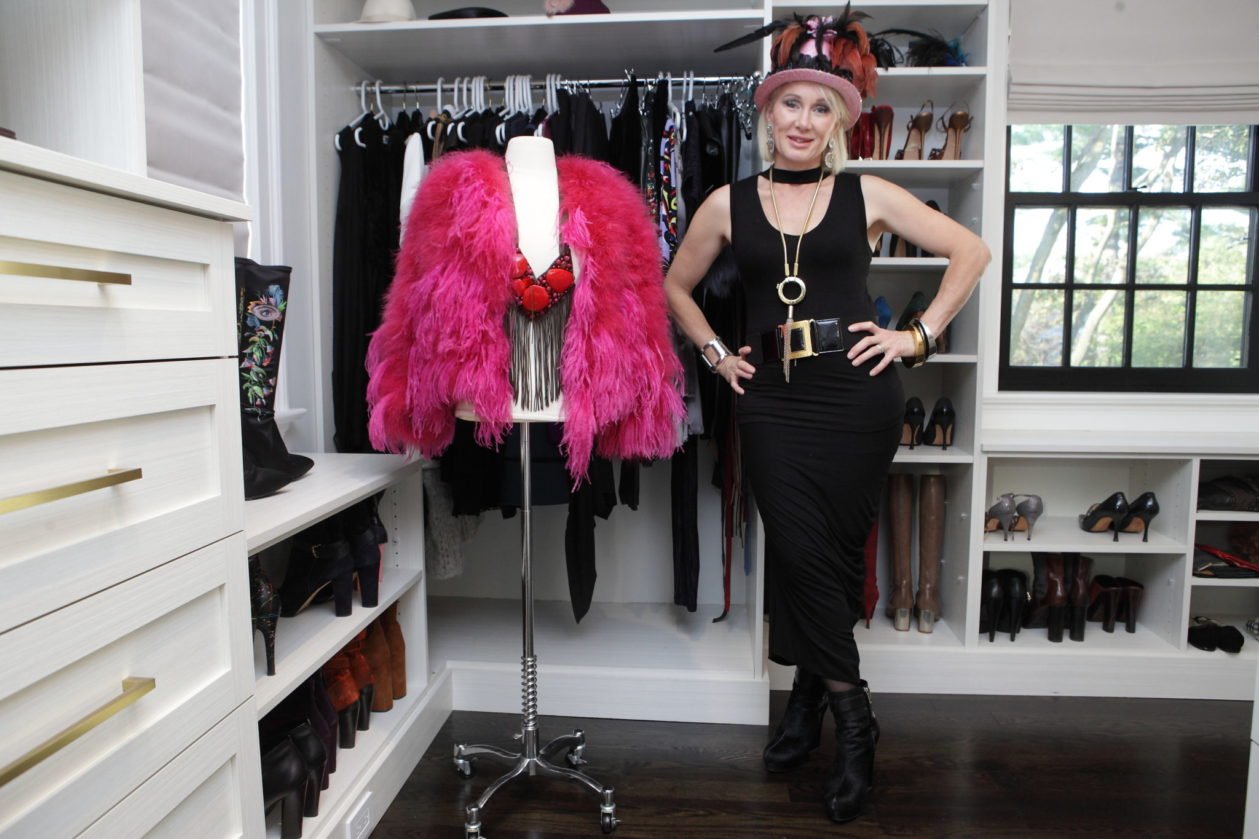Many people look at fashion as frivolous or indulgent. Figuring out what to wear is seen as a “first-world problem”—one that dismisses those who cannot afford to invest much money in their wardrobes.
However, in my experience, the most stylish people are never those with the most money. If anything, extreme wealth and unlimited choice can dilute one’s ability to edit down choices, make thoughtful trade-offs and remain disciplined—three fundamental elements of good style.
Moreover, interest in style is hardly confined to a particular cluster of society. Humans have a fundamental need to decorate themselves in one way or another—from tattoos and piercings to jewelry to swaths of colorful fabric. This has a long history. In 2004, shell beads were unearthed from four sites in Morocco, which seems to confirm that early humans were wearing and trading symbolic jewelry some 80,000 years ago.

We rely on all forms of adornment to differentiate ourselves, communicate our values, personalities, status and aspirations, and, of course, to attract the attention of others. How we express ourselves stylistically is just the tip of an aesthetic iceberg—one that has implications well beyond our closets.
I recently wrote a book on what I’m calling “aesthetic intelligence,” which is based on a course I introduced and taught at Harvard Business School. Its premise, that aesthetic value drives financial value, is especially critical in an era in which other value drivers are becoming increasingly automated and commoditized. In contrast, clear and powerful aesthetics still require a human touch.
I also argue in the book that strong aesthetics emanate from an individual’s own aesthetic intelligence or, what I call “the other AI” and is evidenced in all forms of expression—from that individual’s choices of interior design to communications to personal style.

Personal style is not simply a reflection of what we happen to like, admire, or are drawn to. It also, and maybe more important, is a reflection of our surroundings, key influences and cultural context. It is an expression of how those external forces shaped us, what we believe and value and, in a nutshell, who we are.
In my own case, I’ve cultivated and evolved my own “look” over many years. I describe it as “a tale of two cities and two centuries.” On the one hand, I typically pay homage through my clothing and accessories to my two grandmothers, both of whom came of age in the early part of the 20th century in Central Europe and whose tastes were heavily influenced by the ideals of the Habsburg Empire. Early on, I was unaware of my grandmothers’ effect on my style, but over time, I came to realize that my clear and consistent attraction to objects connoting glamour, formality and nobility were references to their upbringings in Vienna and Frankfurt, infused with the richness and resplendence of other historically important centers like Istanbul and Prague. What’s more, I gravitate toward vintage and handmade items—things that are crafted by highly specialized artisans and that are difficult to make, hard to find and last forever. Old World European goods embody these qualities.
As for that second city, I am a lifelong New Yorker. I have lived in a few other cities over the years but have never felt at home anywhere but in New York. So naturally I am drawn to pieces that feel like my hometown—ones that are cool, modern, bold and sexy. I like silhouettes that are structured and sculptural but are still sumptuous, cozy and relaxed. I’m not afraid to stand out; I rather like it. After all, in New York it takes effort to get attention! And, lastly, like the city itself, I like humor. I like surprises. I like to play. As a result, I often layer whimsical, unexpected pieces—clear plexiglass bangles, a lip-shaped red belt, a champagne ice bucket clutch or a pink fur collar—onto more classic underpinnings such as my black leather A-line dress from Dior.
In general, dressing can be divided into two clusters: uniforms and costumes. Uniforms are what we wear day-in and day-out. They are consistent and predictable. They reinforce the externally set dress codes, but they undermine personal codes or individual style. For example, when I go to yoga class, I dress for comfort and suitability. I typically wear black leggings, a sports bra and a tank top (any color will do). But, when I go to a black-tie gala, I don a costume.
Costumes are what we wear to special events, whether it be a romantic date, new job interview or holiday party. They represent our peacock moments, when we’re most conscious and inclined to show off our personalities, desires and flair.
In this new monthly column—Dress Codes—I profile some of the world’s most successful people and, specifically, will focus on how they express themselves stylistically. I’ll offer my own personal take on what their style choices say about them—the aesthetic forces that shaped their tastes and the sensibilities and values they express through their own peacock moments.
I will not be playing fashion police. When it comes to style, there is no right or wrong—the only wrong is to not consider the effect at all. Like it or not, style has real worth.
Pauline Brown is the former chair of LVMH North America. She also introduced and taught a course on the “Business of Aesthetics” at Harvard Business School. Her first book, Aesthetic Intelligence: How to Boost It and Use It in Business and Beyond, was published by Harper Collins in November 2019.








